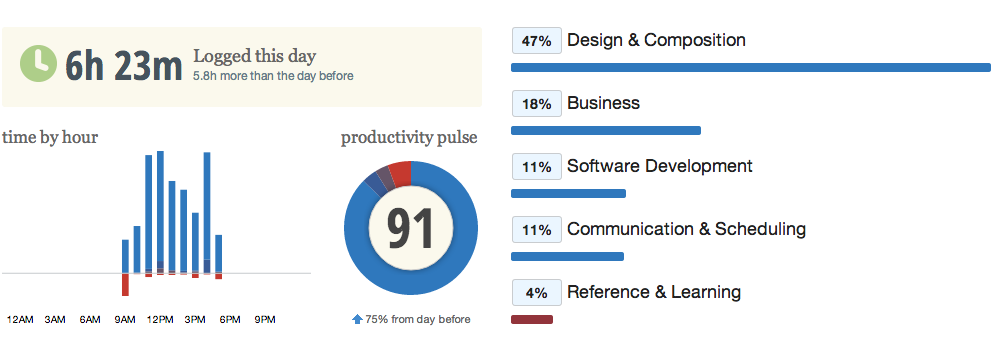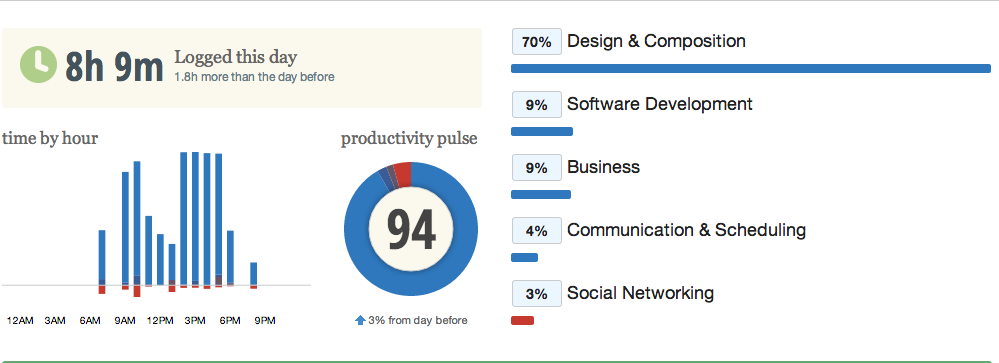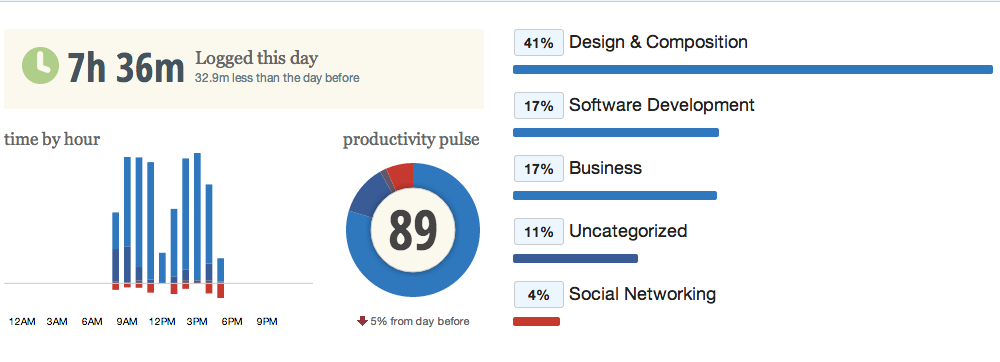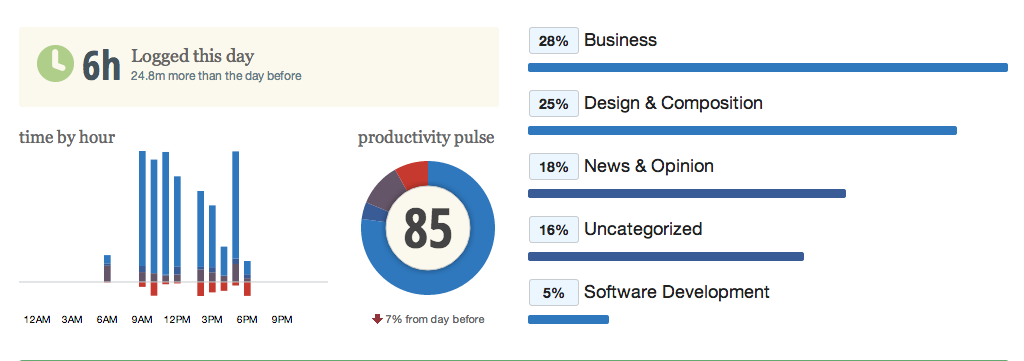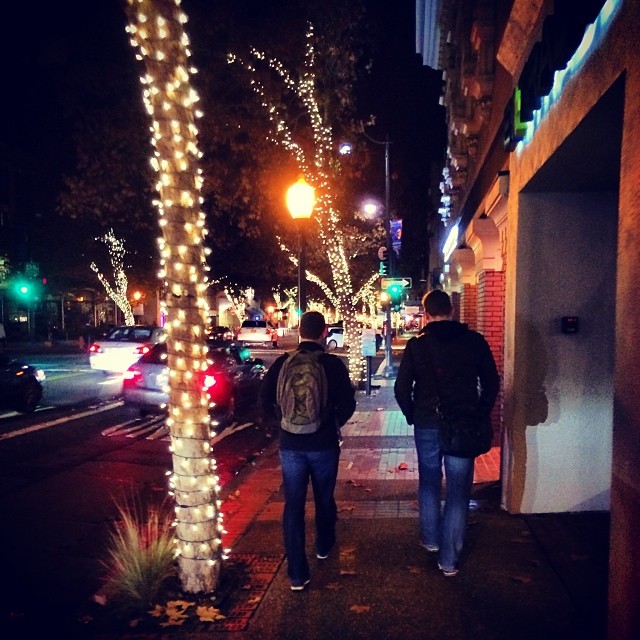The Remote Worker's Onsite
I’m currently on week #3 of working remotely for YesGraph, and last week I had the opportunity to travel to Palo Alto, and work with fellow remote employees on-site. At first I thought this would throw a wrench in my plan to measure my productivity, but I realized that this is a perfect opportunity to do some benchmarking.
For those of you who haven’t seen my earlier posts:
An argument from critics of remote work says that remote employees aren’t as productive as people who are on-site. There’s so many variables in making such a statement, but at the very least, I should learn what works for me on a personal basis. This post is a culmination of my learnings.
Productivity
From a productivity standpoint, my assumption was that I would be much more productive on-site, due to the fact that I could focus solely on work. This turned out to be accurate, although my productivity in terms of hours worked was very close to the week before. I started work on Monday, and flew home on Friday (which I didn’t track.)
Monday
Tuesday
Wednesday
Thursday
Overall, a pretty productive week! If you were wondering what the “news & opinion” was above, this is what happens (reading blogs) when you are doing research on competition and learning more about the market.
Team-Building
A clear goal of being on-site was to get to know each other – we definitely could have worked the entire time, but building a culture was a huge focus.
I’ve noticed many startups point to inanimate objects as symbols of a healthy company culture. The beer fridge, ping-pong table, and free snacks are easy scapegoats, yet as a distributed team, we don’t have this luxury. We have to look at things like communication, honesty, and trust. These traits are much more important (and yes, much tougher to communicate/track.)
For example, during the course of the week we had lunch as a team, and used that opportunity to get to know each other. The perk (free lunch) is what I’d call a culture-creator, opening up the opportunity to build a bond with fellow employees.
Timing
I’ll be the first to say that working on-site has certain benefits. For example, as a young company working on major product improvements, it’s easy to get feedback and move forward when working in-person. In this situation, I look at working on-site as a tool in the remote worker’s toolbox. It’s something that can be very beneficial in certain phases of a company’s growth, yet is something that should probably be used sparingly (a few times a year.)
Onboarding
Being a new employee, this was a great week to build relationships with fellow coworkers, and better understand the company and market. Most of my competitive research can be done remotely, yet working on-site is particularly helpful when mentally “crafting” a pitch on how to tell the YesGraph story.
This week was extremely helpful in this regard, as I learned more about the vision and focus of the company in the next 6 months.
In Conclusion
In a nutshell, working together is awesome, and is perfectly suited for specific occasions. If you’re a distributed team, I highly suggest doing this a few times a year. It’s a great opportunity to bond as a team.
End note: it’s tough to write weekly, so I’m going to measure new experiences that I have as a remote worker, instead of constantly writing about productivity. Here’s what you can expect:
- I’m going to visit coworking space and track results (productivity, etc)
- I’m doing a home exercise program (T25) and seeing what happens (it’s really tough to exercise as a remote employee, plus I’m really lazy too)
Have feedback on this post? Let me know on Hacker News.
